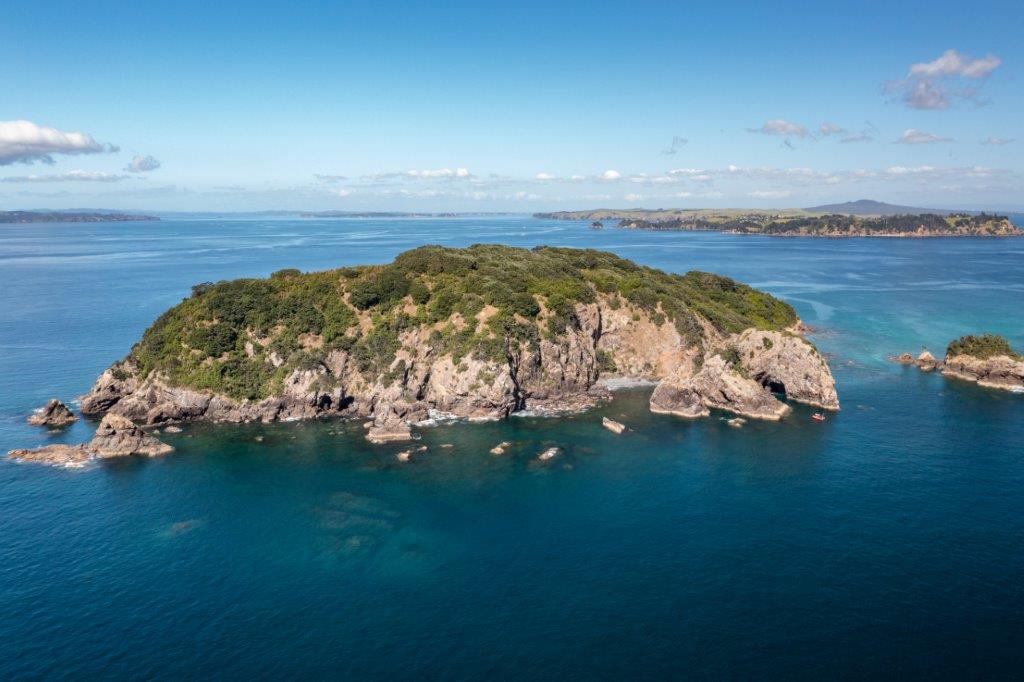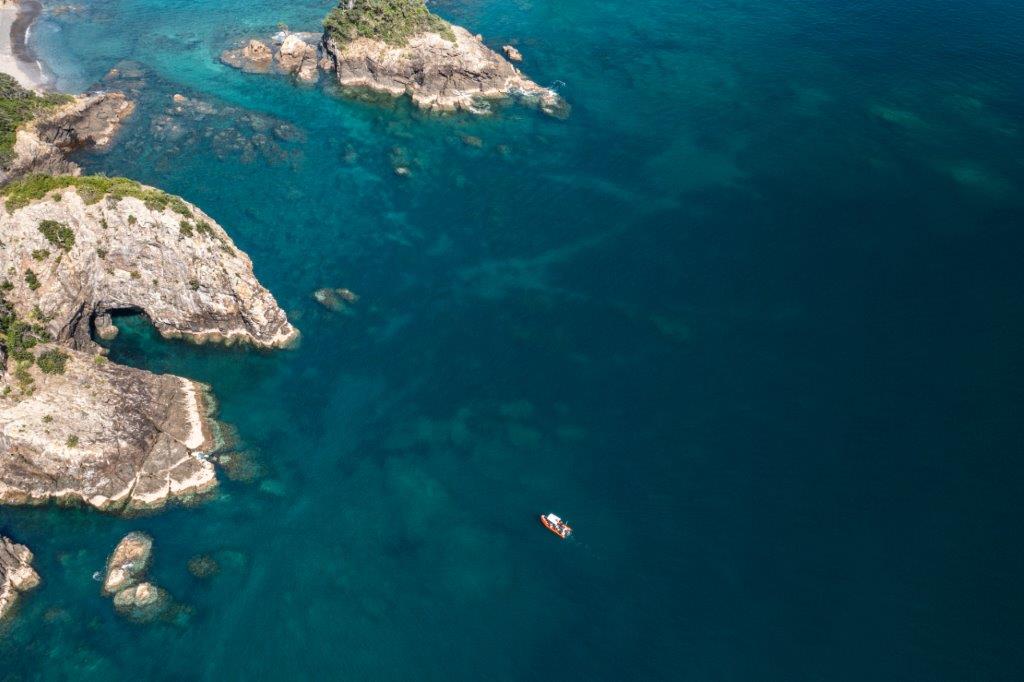The Noises hold a very special interest for seabird lovers. Being home to at least…
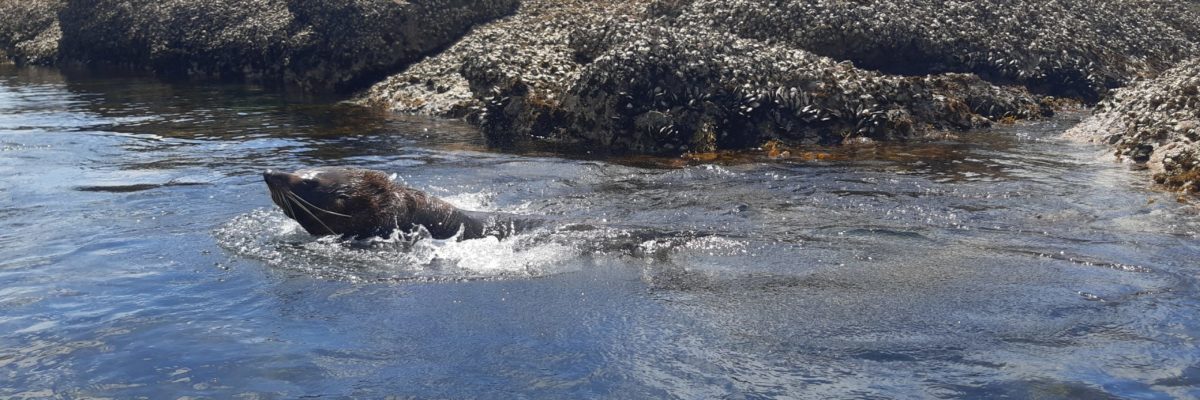
Kekeno: New Zealand Fur Seals. What’s not to love?
Once up a time, kekeno or New Zealand fur seals, were found from the deepest reaches of the Southern Ocean to the Far North, making their homes on offshore islands, on mainland Aotearoa and even parts of Australia. But with the arrival of humans, the endearing be-whiskered sea mammals, once numbering in their millions, were hunted mercilessly. They disappeared completely from the Hauraki Gulf centuries ago and, by 1946 it was estimated that their numbers across all of Aotearoa had fallen to fewer than 10,000. Kekeno were not fully protected until 1978, with the creation of the Marine Mammals Protection Act, and their population is currently only about 15% of what it was before humans first arrived on these shores.
Once considered extinct in the northern reaches of New Zealand, in recent years kekeno have slowly started recolonising their former haunts, with one local haul-out appearing on the northern side of Ōtata Island in around 2013. The Neureuter family have observed a growing number of adults using this spot as a winter layover. Individual seals can also be seen around The Noises more frequently at other times of the year. Arriving around April, they tend to depart in October, when the adults head to breeding colonies for pupping.
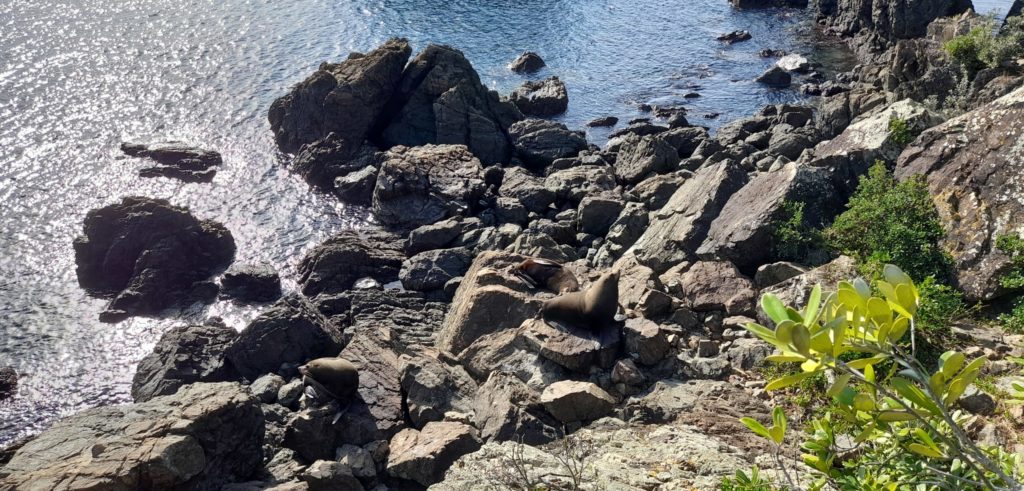
Eager to learn more about these charismatic creatures, we spoke to Dr Laura Boren, a marine ecologist with the Department of Conservation’s Aquatic Unit.
When sealing reduced key populations, the strongholds on offshore islands became the sole source of repopulation and, because they’ve slowly been recolonising from south to north, that’s meant expansion to places with higher human populations, which is why we’re hearing of more seal sightings, including some in unexpected places, like the adult male who recently made it all the way to Hobbiton.”
Usually found on rocky shores, kekeno can travel long distances because they are curious and adventurous. “Some years there are spikes in mortality, or anomalies in how far they’re travelling, and their movements can be impacted by everything from weather patterns to food availability and temperature. This year we’ve also seen a few Subantarctic fur seal pups up here, as well as a handful of New Zealand fur seals turning up in places like Rarotonga and Fiji.”
Expanding colonies also contribute to increased movement. “When one colony gets too big, and some of the younger members reach breeding age, they’ll set up nearby or further afield. This can happen in a chain, as the next suitable site is chosen, but because not all coastline is suitable for seals, they might leapfrog to the next suitable space.”
Information about kekeno in the Hauraki Gulf is still quite sparse, with most baseline studies focused on South Island populations. “We know they’re in the Gulf,” Laura says, “but we don’t know in what numbers. We also don’t know much about breeding or population dynamics.”
Soon to expand the body of knowledge, masters student Diana Galbraith, who’s studying wildlife management with The University of Otago, is working on a summer project as part of her thesis. Her main focus is Northland, but she also hopes to obtain baseline information from the Hauraki Gulf, and although Covid has made the plan a bit tenuous, even if she can’t do the field component, hopefully she can conduct interviews, to start piecing together an understanding of kekeno around Auckland.
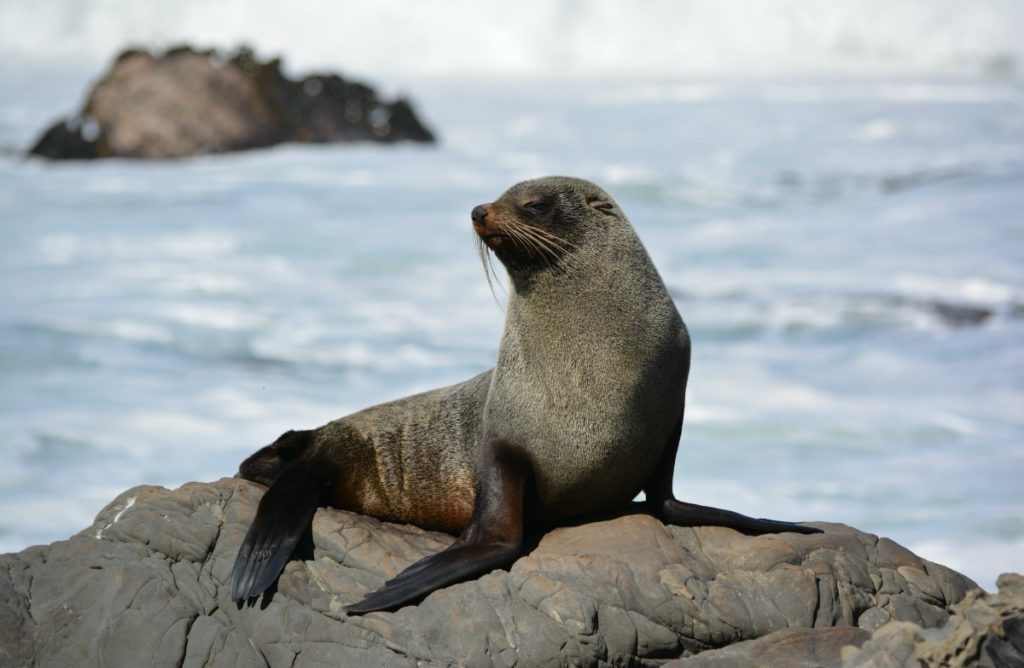
Aside from being adorable looking, and very pungent thanks to their fishy diet, what else do we know about seals?
“They aren’t nocturnal, although they do feed more at night than during the daytime,” Laura explains. “They tend to roam across large areas to feed, to build up their strength before returning to their breeding colonies around October when males set up harems. Gestation lasts nine months, and females go ashore to give birth with 90% of pups born over a six-week period between mid-November to the end of December. About a week after her pup is born, the female will mate again, but that egg won’t implant straight away. Instead, it goes into stasis [a state of pause, or inertia] for three months, as the first few months after giving birth are critical for nursing, rather than developing an embryo. Food availability can also impact implantation.”
“Seals wean at about 10 months, although that varies from colony to colony. In Kaikoura mums often nurse last year’s pup right up until their new pup is born, because they have such plentiful food sources. At other colonies, weaning occurs between August to September, which is why people report more seal activity between late July and October, when the young ones are off exploring.”
So a bit like Orientation Week, but for seals.
As for child-rearing, Dr Spock would have a heart attack if he knew mum went to sea for days to forage, leaving juvenile seals alone for days at a time, before returning to shore to nurse and rest. Although to give mum credit, she does spend up to 10 days with her new-born, to form a strong bond. Seals don’t creche the same way sea lions do either, and as pups get older, if mum is away and her pup is playing in the tide pools, the mums who aren’t at sea provide an alarm system, warning youngsters of impending danger. When the young seals are alerted to sharks or orca in the vicinity, they know to get into crevices or to higher ground.
Feeding themselves and a new-born is very taxing, so mums are pretty strict about not feeding other pups. She’ll also know roughly where she’s left her pup, and come ashore at approximately the same place each time, but when they’re older and hanging out with mates, she might come home and call out to her child, only to have a gaggle of pups all trying to convince her that they’re hers. Which is why mum has to be a detective, bringing her excellent senses of hearing, vision and smell to the fore. Her first clue is vocal recognition. Do you sound like my kid? Followed by the all-important sniff test. And don’t be alarmed if you see a youngster sneezing, coughing or crying, because those are all normal seal behaviours.
As for the future, we hope to see more seals in the wider Hauraki Gulf, and to learn more about them. Please also remember, while it’s exciting to see kekeno in the wild, do give them plenty of space and if you see a seal which is injured, being harassed, or in obvious danger, call 0800 DOC HOT (0800 362 468).
- Give seals plenty of space, at least 20metres.
- Never touch or feed seals.
- Never get between a seal and her pup
- Always keep dogs on a leash, under control and away from seals.
- If you can smell them, you’re standing too close.


